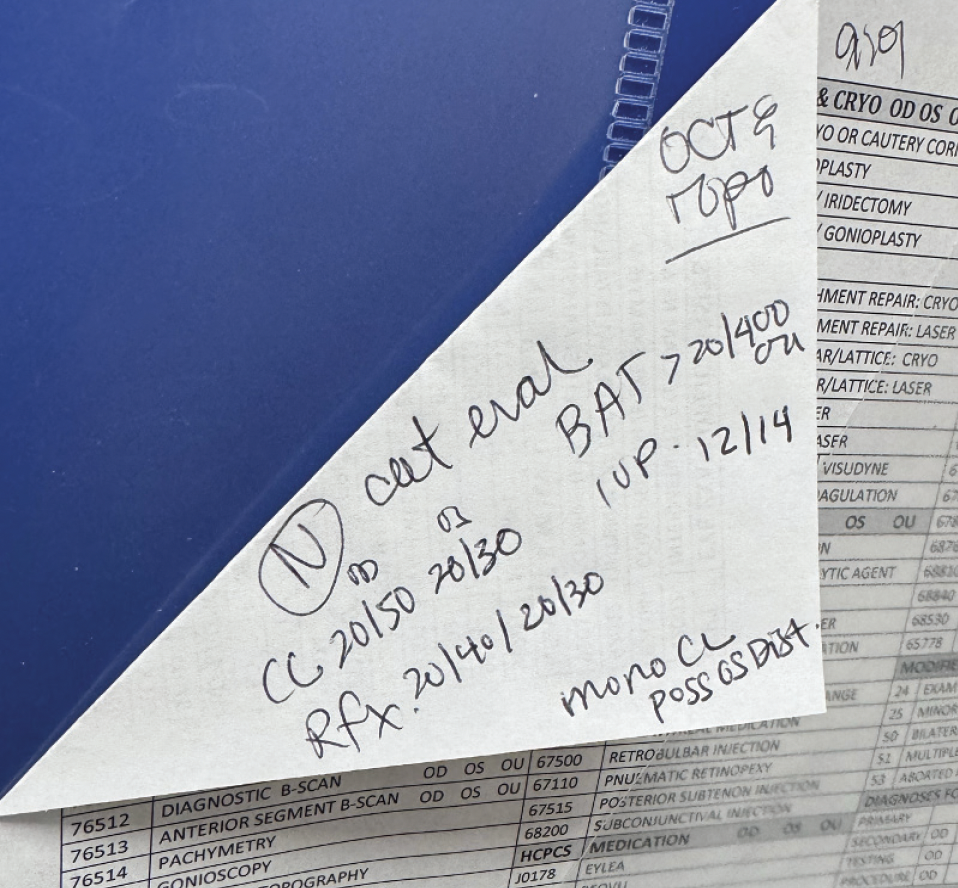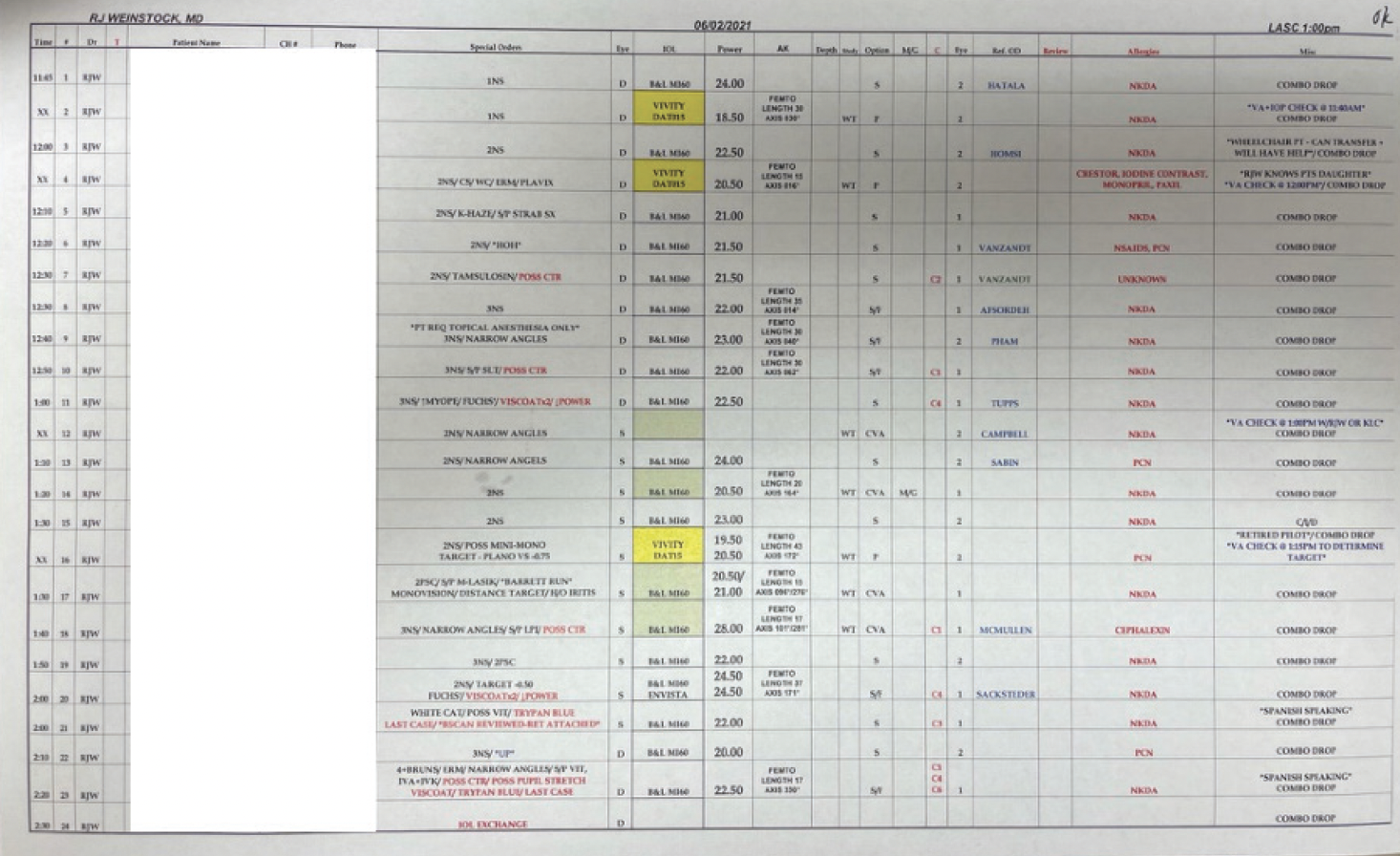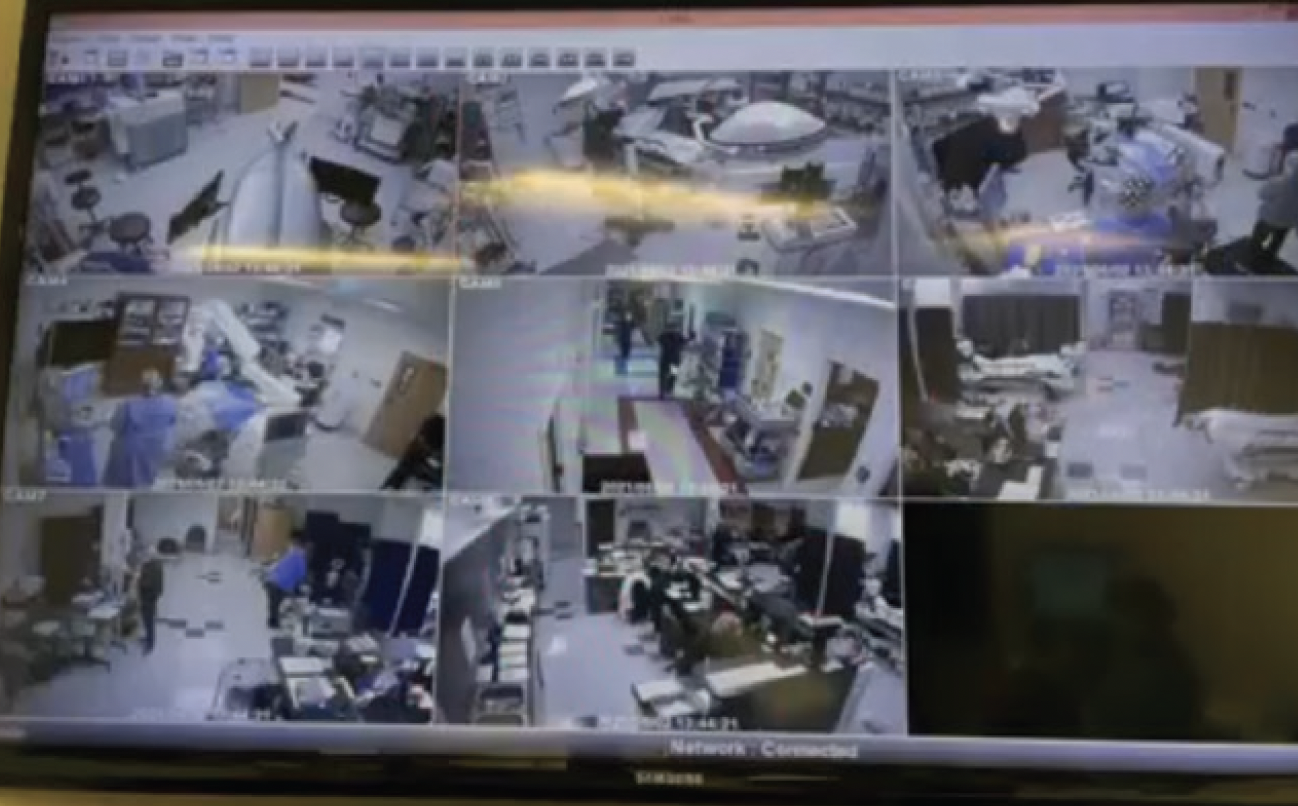

A well-structured weekly schedule is the backbone of any successful ophthalmology practice. Over the years, I have fine-tuned my routine to balance patient care, surgery, and my administrative duties efficiently. This article outlines the key elements that make my practice run smoothly and effectively.
MY WEEKLY SCHEDULE
My typical week has evolved over decades, but it follows a consistent pattern. From Monday to Wednesday, I see about 20 patients each morning. These include 12 to 15 new cataract or refractive consultations, and the remaining patients are follow-up visits and those with premium IOL complications. In the afternoons, I perform around 25 surgical procedures. On Thursdays, I run a full-day clinic at a satellite location. Fridays are reserved for administrative tasks and personal time, a practice I have maintained for the past 10 years.
MY DAILY ROUTINE
My day starts with personal time and a workout between 8:00 and 9:00 am. I begin my professional activities at 9:00 am with patient consultations until noon, followed by meetings and calls from 12:00 to 1:00 pm. The afternoons are dedicated to surgeries from 1:00 to 4:30 pm, during which time I perform approximately 25 cataract procedures, three-quarters of which are femtosecond laser–assisted. I reserve the final slots for the most challenging cases.
STREAMLINING CLINIC WORKFLOW
Clinic Cheat Sheets
I have not fully integrated electronic health records (EHRs) into my daily routine. In my experience, spending a significant amount of time on EHRs is not the best use of my time. Whether using an iPad (Apple) or a hallway computer, EHR systems can be cumbersome. It is time-consuming to scroll through and review data, and it detracts from the attention I can give to my patients.
To streamline my workflow, I use a simple coding system. Before entering an examination room, I review notes such as N for a new patient and R for a returning patient (Figure 1). When I enter the room, I greet the patient with either “Nice to meet you” or “Nice to see you.” I then say, “Let me look at your eyes, and then we’ll talk.”

Figure 1. An example of the cheat code system used in Dr. Weinstock’s clinic.
The coding system also includes essential information such as the patient’s IOP, refractive history, BCVA, manifest refraction, and referring doctor. Upon entering the room, I quickly glance at a screen displaying the OCT and topography results, which provide me with an immediate understanding of the patient’s corneal and retinal health.
Structured Clinical Exams
I conduct a highly structured and efficient clinical examination that starts with the right anterior segment and proceeds to the left anterior segment, the left fundus, and finally the right fundus. This method prevents unnecessary movement and maximizes efficiency. During the exam, my scribe informs me of the patient’s refraction, BCVA, and any other relevant issues, while documenting the examination in the EHR. After the examination, I have all the necessary information to make an informed recommendation to the patient. The conversation with the patient typically lasts 2 to 5 minutes before they proceed to see the patient counselor.
EMPOWERING MY TEAM
Empowering those around me has been key to my success. Much of my efficiency is not due to any magic on my part but rather the exceptional people around me.
Team Leader
My team leader, Mariam, is one of the most important members of my staff. As my primary scribe, she handles multiple critical tasks. Mariam runs the clinic, triages phone calls, and performs vision checks on patients before they undergo surgery on their second eye to ensure optimal targeting. She also manages clinic flow, acts as a traffic cop in the OR to maintain the pace, and runs intraoperative aberrometry. Mariam wears many hats, and her work saves me a significant amount of time.
Refractive Optometrist
Priti Panchal, OD, one of 10 optometrists in my practice, works exclusively with me. She is a refractive optometrist who completed a residency in medical ophthalmology and wanted to work alongside a refractive surgeon. Over the years, I have taught her how to approach and speak to patients. Now, she thinks and talks like me, and she understands my decisions in almost every situation. Dr. Panchal manages the clinic, sees patients, handles visits on the day after surgery, performs biometry and surgical planning, conducts clinical outcomes analysis, trains technicians and surgery counselors, and prepares fellows. Having someone like her in my practice is a huge time-saver.
Fellows
Fellows are one of the most valuable components of my practice. They are in the clinic with me, run their own clinics, and take call. Their tasks include IOL selection, surgical planning, postoperative light adjustments of the Light Adjustable Lens (RxSight), Nd:YAG laser capsulotomies, selective laser trabeculoplasties, the placement of bimatoprost intracameral implants 10 µg (Durysta, Allergan), LASIK and PRK enhancements, research presentations, and video editing. Having a fellow maximizes my time and functionality, allowing me to avoid the fatigue that comes with such a busy practice.
Personal Assistant
Hiring a personal assistant is one of the greatest decisions and investments I have made. Krista handles a wide range of tasks, including overseeing business and personal matters; travel scheduling; running the fellowship program; and managing the consulting business, investment properties, our investment group, and a fishing charter business. Her work saves me an enormous amount of time and improves my quality of life.
OR EFFICIENCY
OR Cheat Sheets
In the OR, my team and I rely on a detailed cheat sheet system that outlines the surgical plan for each patient (Figure 2). Complex cases, such as 4+ cataracts and IOL exchanges, are scheduled toward the end of the day. The fifth column of the cheat sheet (highlighted in yellow) provides details on premium IOLs, lens power, femtosecond laser status, and arc settings. Typically, more than 50% of our cases involve a femtosecond laser.

Figure 2. The detailed surgical plan cheat sheet used in Dr. Weinstock’s ORs.
The information on the OR cheat sheet is transferred to a printed sheet placed at the end of the surgical bed (Figure 3). The information includes which eye is being operated on, whether it is the first or second eye being treated, the type of lens being used, and specific targeting details. This system ensures that everyone is on the same page and operations proceed smoothly and efficiently.

Figure 3. The OR cheat sheet information transferred onto a sheet of paper placed at the end of the surgical bed.
Femtosecond Laser Use
I have found the use of femtosecond laser technology, especially the Ally Adaptive Cataract System (Lensar), to be a huge time-saver. The capsulotomy, lens softening, and astigmatism correction are performed before the patient is moved to the OR, which shaves a minute off surgery time. The system also assists with the alignment of toric and toric multifocal lenses, eliminating the need for manual marking techniques.
Real-Time Video Displays
Real-time video displays are available in every OR and hallway to help manage workflow (Figure 4). The displays show the status of different rooms, allowing anyone to see where the fellow is operating, which patients are ready for surgery, and how backed up the pre- and postoperative rooms are. This helps to organize OR flow. If I finish a case and need to know where to go next, I can make the determination quickly.

Figure 4. Real-time video displays in each OR and hallway provide up-to-date information on the status of different rooms.
MY MOST VALUABLE ASSET
Time is my most valuable asset. Investing in and empowering the talent around me have been crucial to the success of my practice.




